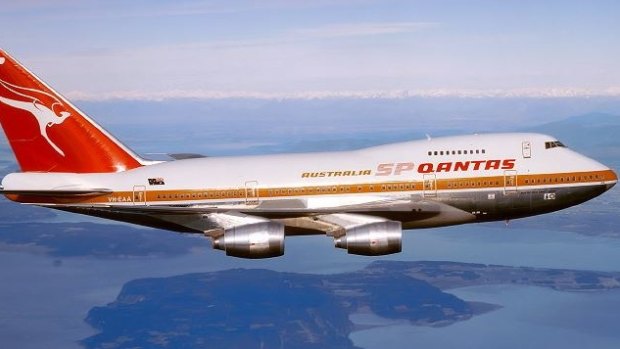This was published 5 years ago
Why do aircraft travel faster when they fly east?

The Qantas flight from Sydney to Johannesburg takes 14 hours but the one travelling in the opposite direction takes just 11 hours 45 minutes to cover the same distance.Credit: Qantas
High above the Earth's surface between about 9000-15,000 metres, powerful winds known as the jet stream flow from west to east, providing a strong shove along when an aircraft is travelling in that direction.
When they fly east, helped along by a powerful jet stream current, it's not uncommon for commercial jet aircraft to reach a ground speed in excess of 1000kph.
When they head west, they're flying into a headwind, and their ground speed is slower and flight times longer.
The difference can be dramatic. Qantas flight QF63, Sydney to Johannesburg, is a 14-hour flight.
QF64, travelling in the opposite direction, takes just 11 hours 45 minutes to cover the same distance.
Not only does it save time, but taking advantage of jet stream currents is also a huge fuel saving for airlines.
The various jet streams encircling our planet meander. As weather modelling has become increasingly accurate, airlines will often make use of numerical weather prediction, which shows the state of jet stream flows, in order to realign the flight path of their aircraft on long-haul sectors to take advantage of favourable jet streams.
See also: Do aircraft have ignition keys?
See also: Why am I asked to switch my mobile to flight mode?
Sign up for the Traveller newsletter
The latest travel news, tips and inspiration delivered to your inbox. Sign up now.